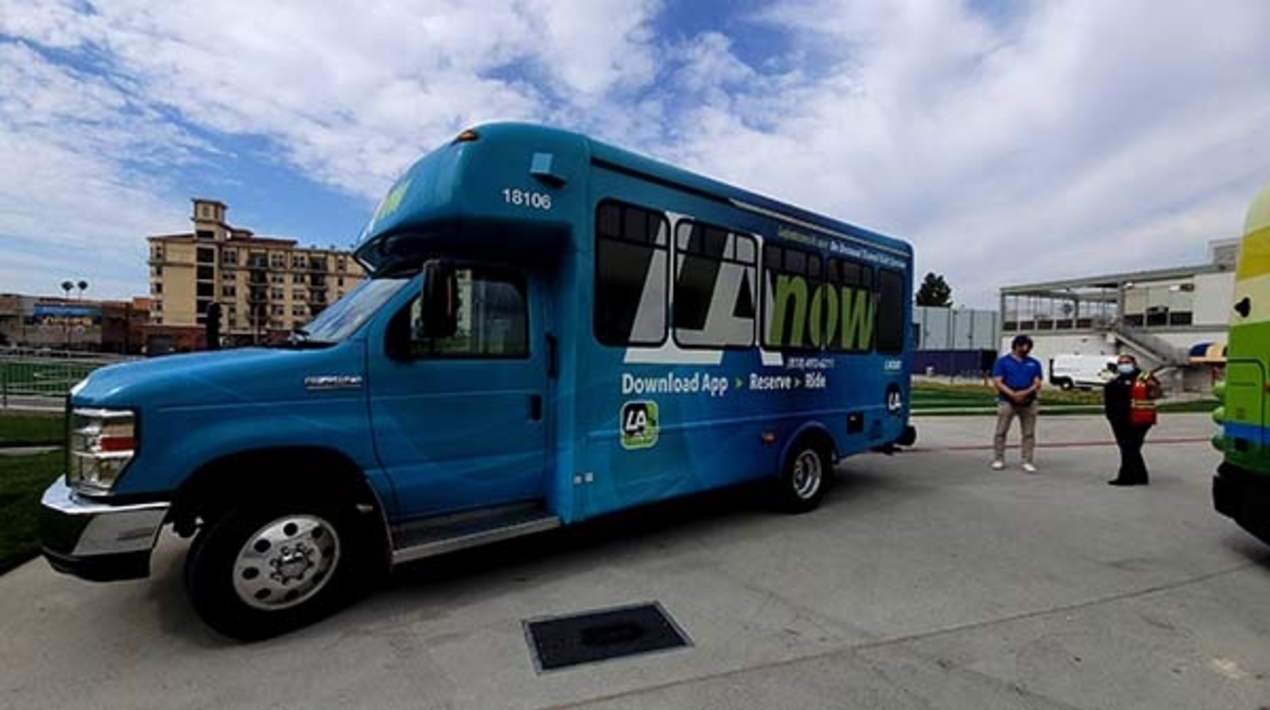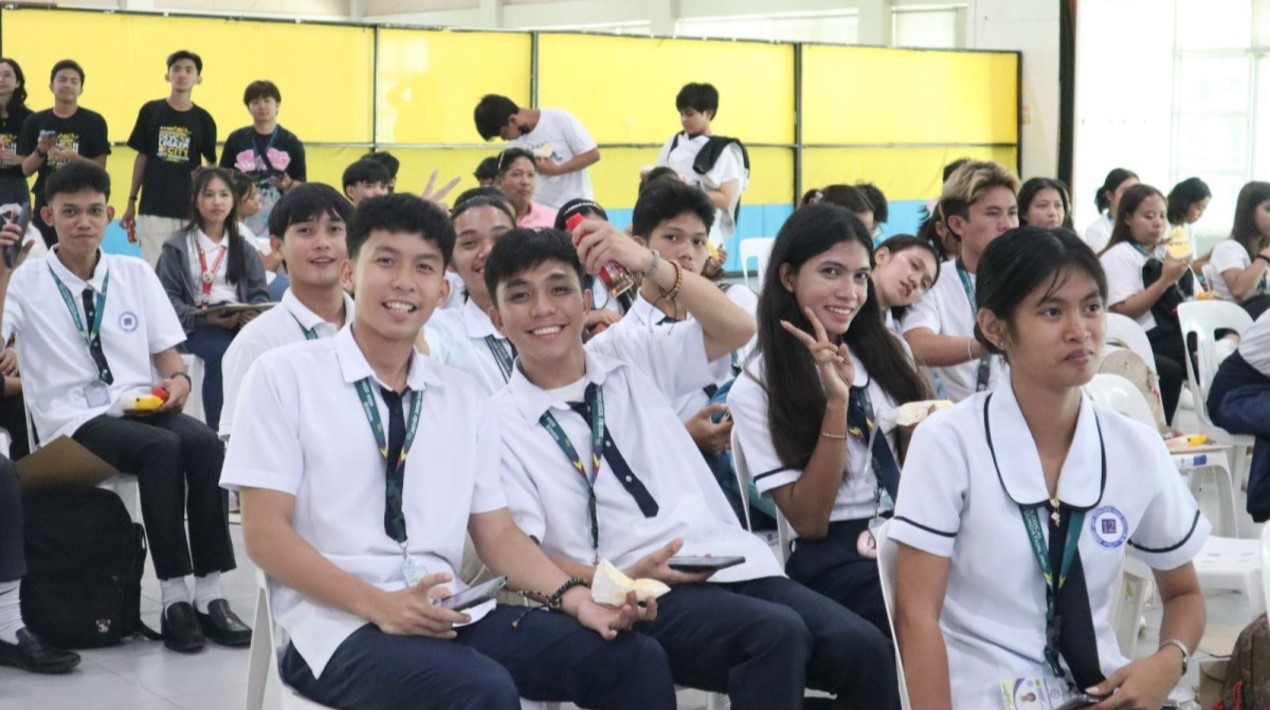
The Los Angeles Department of Transportation (LADOT) has begun its ground-breaking Universal Basic Mobility Pilot in South Los Angeles, one of the country’s largest initiatives of its kind, providing thousands of Angelenos with more transportation options.
The pilot will include e-bikes, shared electric vehicles, and an on-demand EV shuttle service, as well as a partnership with the Los Angeles County Metropolitan Transportation Authority (METRO) to subsidise transit fares for 2,000 residents in the pilot area who have previously lacked safe transportation options.
As a city, we must prioritise equal access to dignified, reliable, safe, and affordable transportation that serves residents’ needs regardless of income. This initiative helps empower South LA communities and lay the foundation for a concerted, citywide effort to achieve Universal Basic Mobility.
– Seleta Reynolds, General Manager, LADOT
Reynolds added mobility is essential to an opportunity that LADOT’s has committed to providing Universal Basic Mobility for Angelenos. University Basic Mobility (UBM) is a philosophy which argues that access to reliable transportation is critical to success. People cannot access essential requirements such as education, job, housing, and healthcare without mobility. In Los Angeles, for example, there are twelve times more employment accessible in one hour by vehicle than by public transportation.
The Mobility Wallet is the first component of the South LA UBM programme. To bring the wallet to life, LA Metro is exploring two distinct concurrent technology development paths: 1) Pay with TAP and 2) payment cards (such as Visa, Mastercard, or PayPal).
The second element is the Electric Mobility, which consists of an E-bike Library, On-demand Community Shuttle, Electric Vehicle CarShare Electric vehicle (EV) car share expansion.
UBM’s Charging for All initiative is the third element that seeks to build a network of public Level 2 (L2) EV chargers throughout the Sustainable Transportation Equity Project (STEP) project area, including up to 100 chargers at LA Public Libraries, Recreation and Park facilities, and on streetlights.
The programme’s fourth component is the Quick-build Active Streets. LADOT will engage the STEP neighbourhood through pop-up demonstrations, temporary installations such as fresh planters or curb paint, community-design exercises, and other methods to implement street safety elements to envision safe and accessible spaces for all users, including active transportation.
In addition, INFRA financing from the US Department of Transportation will bring US$ 18 million in new active transportation infrastructure to the project region, which is closely related to the project’s goals.
Rail-to-Rail First Mile-Last Mile as the fifth element is proposing links that would be provided via the future Rail-to-Rail Active Transportation Corridor and the Crenshaw/LAX Fairview Heights Station. Within a half-mile gap between the County’s first rails to trails project and this first mile / last mile project, additions such as navigation, improved signage, striping, and other improvements will allow a safe and comfortable pedestrian and bike experience.
The sixth element is Community Outreach. Community-based organizations will serve as advisors on crucial issues including charger/e-bike station placement, pilot participants, and design, in collaboration with the Mobility Development, South Los Angeles Transit Zone (Slate-Z), Los Angeles Trade Technical College (LATTC) and CicLAvia.
Workforce Development at UBM is the seventh element. LATTC and LACI will provide targeted workforce training to community members to equip them for jobs in the Electric Vehicle Supply Equipment (EVSE), such as e-bike and EV servicing.
And the last UBM Project Element is the Delivery with Zero Emissions. Based on community needs, this component will fund a variety of vehicle types including NEVs, electric vans, and other electric delivery services, as well as e-cargo cycles.
Nearly US$ 18 million in state and city funds are presently supporting the Pilot. The California Air Resources Board (CARB) recently announced that LADOT will receive an extra US$ 6.7 million in financing from California Climate Investments (CCI) for its pioneering pilot, which will be added to the $7 million the department received from the Board last year. The Los Angeles City Council approved US$ 4 million earlier this year to extend transportation subsidies and other programme aspects.
















